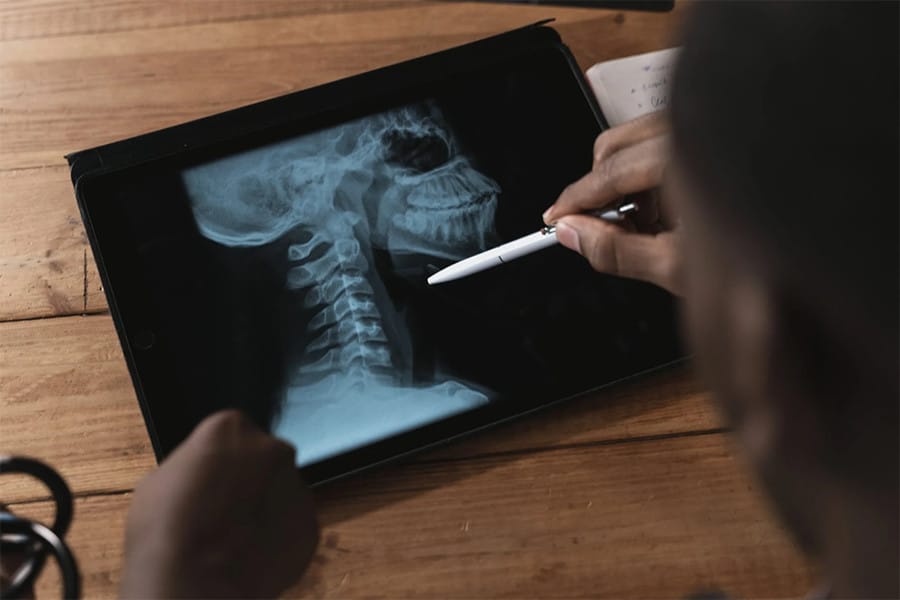
Considering the past years, we all know that COVID-19 not only forced the enhanced use of telemedicine but also changed the way things were. With the increasing use of video platforms, we experienced the user-friendliness and convenience features on the video telemedicine platform that provided quality of life to people. The past few months urged each of us to be “remote” and do our best from the comfort of our homes. From having online appointments to talking to your doctors remotely about some emerging symptoms, things changed a lot.
So, will these changes be permanent? When it comes to the use of online platforms – video medical interpreters played an important role in this regard. There’s no denying the fact that remote interpretation is the new normal in industries be it medical or legal along with lesser expenses and convenience. This refers to the fact that if you have not yet switched to remote interpretation, now is the time. Let’s focus on how to hire video medical interpreters in telehealth and the requirements of video platforms.
How To Hire Video Medical Interpreters in Telehealth?
1. Evaluate
Before hiring these video medical interpreters, you should assess that how a certified interpreter provides qualified interpretation services, makes practical arrangements for appointments, and assistance. This online video interpreting service permits qualified interpreters to participate directly. This real-time experience enables competent interpreters to sign calls on the screen.
2. Accessible
These video interpreters must make plans according to their accessibility. You should check his credentials, certifications, qualification and whether he is tech-savvy. All his methods must allow people to understand things clearly. This helps people who like to connect through typing, individuals who want to solve the problems of misinterpretation along with the technical video or audio issues.
3. Culturally Aware and Technical
Before hiring these video medical interpreters, make sure that they understand the patients’ medical condition, background, disease, know the medical terminologies and are culturally aware. The hiring of an appropriate video medical interpreter enables clear collaboration between healthcare providers and patients. These interpreters should receive good training on communication, understanding patients’ needs and translation of medical documents.
4. Training
To hire a video medical interpreter, you must make sure that he is fully trained and can implement the online video techniques efficiently within the time limitations. If there is a problem with the video transmission, he should provide subtitles as a supplement to the patient. These interpreters must check instructions to avoid communication problems, specifically when providing medical information. He must provide high-quality video without fuzzy or granular images, or unstable pauses. It is important to be responsible for clear videos so that employees or patients can see and understand more.
5. Requirements
These medical interpreters must have real-time full-screen video, high-bandwidth connection and can deliver premium videos with audio. He must have relevant experience so that he can set up and use VRI effectively. You should make sure that your interpreter has a proper license to work in that state as several cities have certification requirements for a professional interpreter. These interpreters are expected to provide synchronized video and sound in real-time.
Conclusion
To have the remote interpretation service, patients must install applications that allow access to the service. At the time of the appointment, the portal and the healthcare provider should give written instructions to patients on where to download the application and how to connect to the interpretation service. In addition, the healthcare provider, interpreter, and the patients may use VoIP audio which can smooth this overall process. To know more about hiring medical interpreters for videos, feel free to contact us at Languagers.



No comments:
Post a Comment